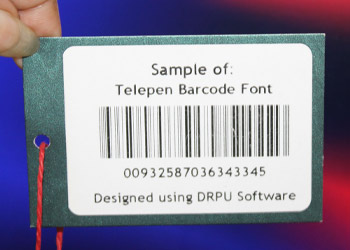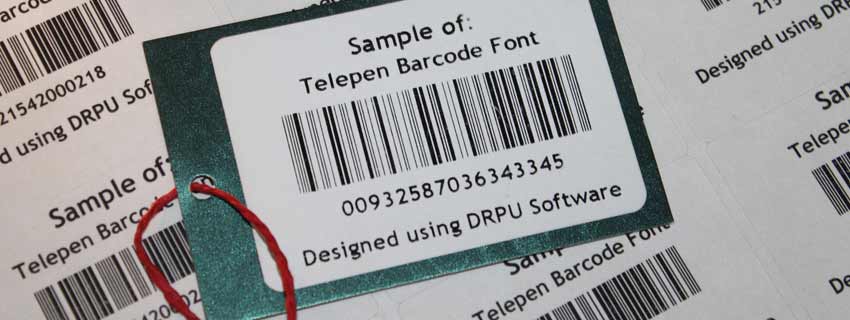TELEPEN BARCODE
Telepen is a barcode symbology that was developed in the UK in the 1970s by the National Postal Services Centre. It is a linear or one-dimensional barcode, meaning that it encodes data using a series of bars and spaces of varying widths. Telepen is unique among barcode symbologies in that it can encode both letters and numbers, making it useful for applications that require the tracking of alphanumeric data.
Telepen is primarily used in the healthcare industry, where it is used to encode patient identification information, medication information, and other healthcare-related data. It is also used in libraries, where it is used to encode book titles, author names, and other information about library materials.
The Telepen barcode is made up of two types of bars: solid bars and hollow bars. Solid bars represent "ones," and hollow bars represent "zeros." The width of each bar is important, as it determines whether the bar represents a "one" or a "zero." The Telepen barcode can be printed using various printing methods, including laser printers, inkjet printers, and dot matrix printers.

